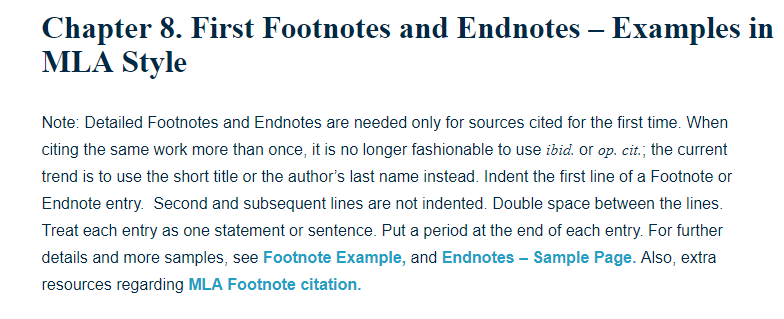

Your first citation is marked with a 1, your second with a 2, and so on.


Notes should be numbered consecutively, starting from 1, across the whole text. Johnson argues that “the data is unconvincing” 1-but Smith contends that … Johnson argues that “the data is unconvincing.” 1 It is placed after any punctuation except a dash: The reference number appears in superscript at the end of the clause or sentence it refers to. You can easily insert footnotes in Microsoft Word. They appear at the bottom of the relevant page, corresponding to reference numbers in the text. Placement of footnotesįootnotes should be used whenever a source is quoted or paraphrased in the text. Check with your instructor if you’re unsure. Sometimes you might be required to use a full note for every citation, or to use a short note every time as long as all sources appear in the Chicago style bibliography. University of Georgia: Athens, GA.The guidelines for use of short and full notes can vary across different fields and institutions. (RTI) implementation using a philosophical hermeneutic frame. However, throughout the rest of the paper, I will refer to the law as IDEA, as that is the widely recognized acronym.Ģ) For additional language from the legislation, see appendix A.ģ) Previously, a student was found eligible for a specific learning disability through the use of standardized measures of mental ability and achievement to determine if a discrepancy existed between the two. The addition of the word "Improvement" is significant, in light of the new focus on student outcomes rather than merely on equal access. Policy implementation as situated dialogue: A case study of response to interventionġ) Although the legislation was renamed at the time of reauthorization in 2004, it is still widely referred to in the literature and practice as IDEA. By 2007, a year after the regulations for IDEA were finalized, all but This process is most commonly referred to as Response to Intervention, or RTI. Instead, the legislation allowed for the use of a process "based on the child's response to scientific, research-based intervention" (Duffy, 2007, p. This provision banned the requirement of a discrepancy model in the identification of students with specific learning disabilities. When the Individuals with Disabilities Education Act (IDEA) was reauthorized in 2004, it was renamed the Individuals with Disabilities Education Improvement Act (IDEIA) 1 and included a provision for states to use a process of measuring how a student responds to research-based interventions in the determination of eligibility under the category of specific learning disability: "In determining whether a child has a specific learning disability, a local educational agency may use a process that determines if the child responds to scientific, research-based intervention" (20 U.S.C.


 0 kommentar(er)
0 kommentar(er)
